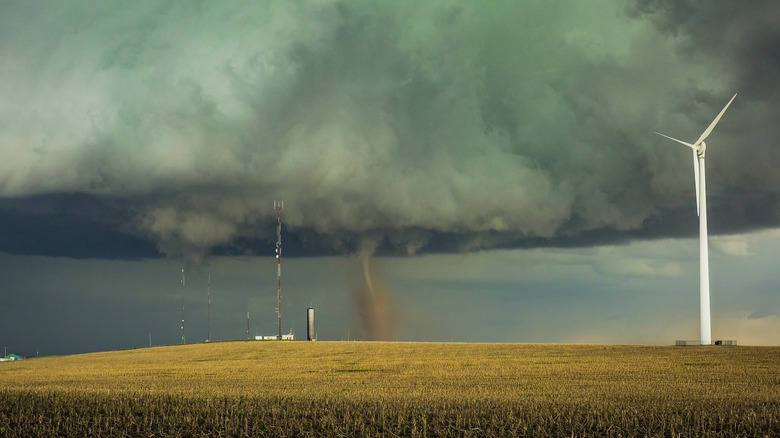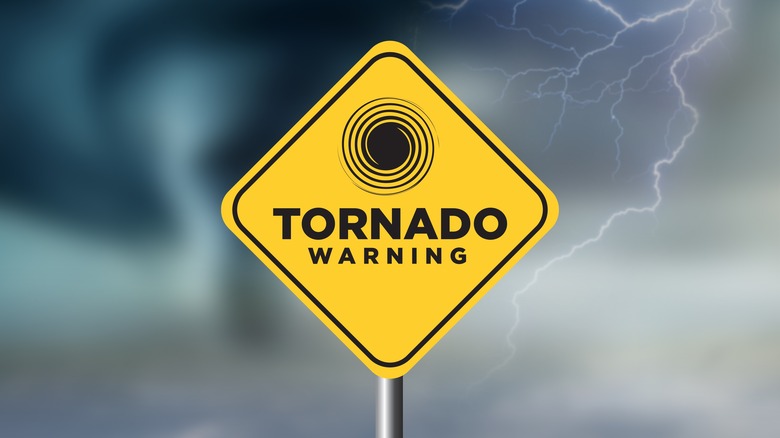
Beyondimages/Getty Images
As global warming and climate change continue to plague the planet, extreme weather events have gone from relative outliers on the global scene to almost weekly occurrences, and tornados continue to be one of the more damaging of the extreme weather era. That’s particularly true for one tornado-stricken area of the continental United States, which has earned the dubious honor of being designated Tornado Alley.
It may surprise you to learn that, according to a 2010 National Weather Service report, the term «Tornado Alley» initially was not a designation for a region in the United States. Rather, it was the name given to a project spearheaded by officers of the U.S. Air Force’s Severe Weather Warning Center in 1952 to monitor extreme weather patterns in the designated area. Those same officers had reportedly been responsible for the first successful tornado forecast and subsequent warning a few years before and hoped to further their predictive capabilities by studying weather patterns in the area that would come to be referred to as Tornado Alley.
Initially, that region spanned from the Southern Texas Panhandle to parts of Colorado and Nebraska. However, these days, the area has grown to include large swaths of Oklahoma, Kansas, Missouri, and the Dakotas and is stretching even further East each year. In turn, areas of Louisiana, Iowa, and Arkansas are now often included in the Tornado Alley conversation.
Tornado Alley got its name because tornados are a regular occurrence

Conceptual Art/Shutterstock
If you are wondering exactly why that massive region of the country has earned the Tornado Alley designation, it’s because tornados have historically formed more regularly within the region than anywhere else in the country. Likewise, the areas that typically fall under the Tornado Alley flag are relatively flat, making tornado events particularly damaging to low-lying residential areas.
That being said, a case can be made that the most damaging tornados do not originate in Tornado Alley, with tornados in Mississippi, Alabama, and Arkansas claiming a larger toll on human life. Nonetheless, in terms of the sheer volume of tornados per year, the American Heartland continues to be ground zero for such extreme weather events. There is, of course, a scientific reason behind the number of tornados plaguing Tornado Alley, with the region serving as a point of convergence for volatile air masses making their way across the country. When those masses collide, the result is often the production of particularly strong thunderstorms and even dreaded supercells.
While supercells are the least common type of thunderstorm, they tend to produce more extreme weather events like heavy rain, extreme lightning, and hail. Yes, supercells are also prone to the sort of upper atmosphere circulation that can birth a tornado. While there’s no way to stop tornados from occurring in Tornado Alley, the National Oceanic and Atmospheric Administration (NOAA) continues to study weather patterns throughout the region. Combined with technological advances including the potential use of predictive AI and even help from NASA satellites, early warning signs are better than they’ve ever been in history, and when you’re dealing with the destructive forces of a tornado, an early warning can be the difference between life and death.